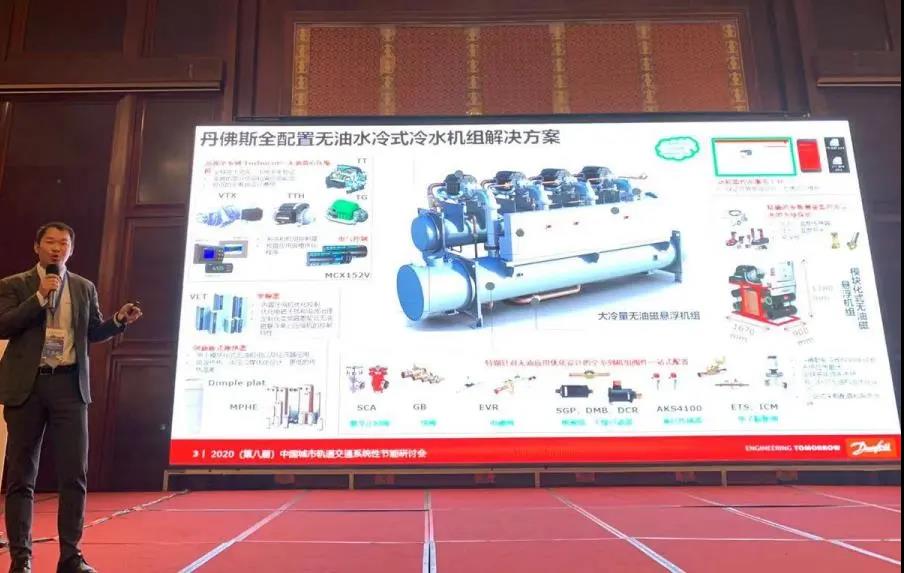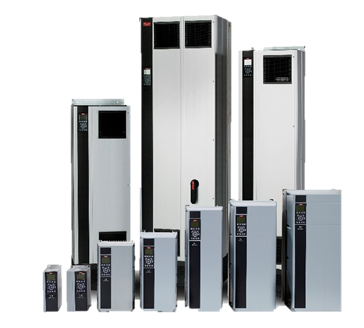With the continuous acceleration of urbanization, people are increasingly relying on rail transit that travels through various corners of the city, where their daily work and life are carried out. By the end of 2019, 40 cities in Chinese Mainland had opened and operated urban rail transit lines (including subway, light rail, tram, monorail, maglev, etc.) totaling 6386.9 kilometers, 210 lines and 4360 stations. At the same time, there are 266 lines (sections) under construction nationwide, with a total mileage of 6282.6 kilometers and 3872 stations.
China's urban rail transit operation mileage has already ranked first in the world, and the future will still be an important period for concentrated urban rail transit construction and rapid expansion of operation scale.
Compared to other urban public transportation vehicles, urban rail transit has the characteristics of safety, speed, environmental protection, large transportation capacity, and low energy consumption. Urban rail transit itself has important energy-saving and emission reduction significance. Although compared to other forms of transportation based on the same capacity, rail transit consumes less energy and still has energy-saving potential. Data shows that in 2019, the total electric energy consumption of urban rail transit was 15.26 billion kilowatt hours, a year-on-year increase of 15.5%. With the increase of new lines, the overall energy consumption index continues to grow. Therefore, the energy-saving and emission reduction work of urban rail transit is of great significance.

Danfoss China was invited to attend the 2020 (8th) China Urban Rail Transit Systemic Energy Conservation Seminar held in Chengdu, and communicated and showcased Danfoss's variable frequency oil-free solution to nearly 200 experts from government agencies, subway companies, design institutes, research institutions, and related industry enterprises, as well as how to effectively solve the high load fluctuations faced by the subway industry A series of challenges such as high reliability requirements and limited computer room space have driven the green development of the domestic subway industry
Danfoss VLT ® FC series frequency converter
The product combination of Danfoss maglev compressors and frequency converters can cope with the characteristics of high load fluctuations, high energy consumption, high reliability requirements, high cost, and small machine room area in subway air conditioning applications.
For urban rail transit systems, good reliability is crucial. In response to the long project implementation cycle in the subway industry, the construction site of underground stations has high humidity and condensation, and is exposed to high humidity environments for a long time. The insulation of components on the frequency converter circuit board is reduced or short circuited due to water vapor infiltration, resulting in a high probability of failure during initial power on. Application characteristics of Danfoss VLT ® The excellent layer design and heat dissipation control technology of the FC series frequency converter can ensure stable operation of the system, while its efficiency/energy saving can also reduce operating costs.
The ventilation and air conditioning system is a major energy consumer in subway stations, accounting for about 50% of the electricity consumption. Improving station energy efficiency is urgent. This year's event has a positive significance for Danfoss to promote green rail transit technology in the southwestern region of China. We are pleased that Danfoss's refrigeration and transmission business units can work together to bring high energy efficiency overall solutions to industry users. We look forward to bringing new technological platforms and excellence to the development of the industry Energy efficiency performance.